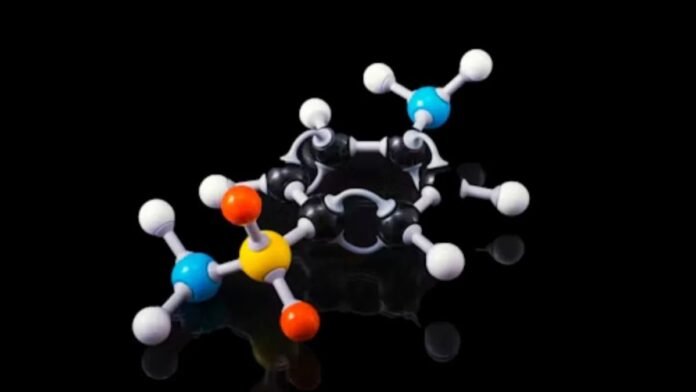Chemistry often seems like a subject filled with complex formulas and equations, but every formula tells a story about how elements interact and transform. When looking at HCOOH (formic acid), CH2 (a carbon-hydrogen compound), and H2O (water), we are exploring the foundation of organic and inorganic chemistry. These compounds are not only important in the laboratory but also have direct connections to real-world applications in biology, industry, and environmental science.
Breaking Down the Components: HCOOH, CH2, and H2O
The formula HCOOH represents formic acid, one of the simplest organic acids and a compound that plays a significant role in chemical reactions. It is naturally found in the stings of ants and certain plants. CH2, on the other hand, is a fundamental hydrocarbon group that appears in countless organic compounds, forming the backbone of many molecular structures. H2O, or water, is the universal solvent and one of the most essential compounds for life on Earth. Together, these three represent the balance between acidity, hydrocarbons, and the solvent that allows most reactions to occur.
The Role of Formic Acid (HCOOH) in Reactions
Formic acid is a highly reactive compound that often participates in oxidation-reduction and condensation reactions. It is widely used in industrial processes such as leather tanning, textile finishing, and as a preservative in livestock feed. In organic chemistry, formic acid is a building block for more complex molecules, and its presence in reactions with compounds like CH2 and H2O often leads to the creation of new derivatives. Understanding HCOOH allows chemists to predict reaction pathways and design processes that are efficient and sustainable.
Water (H2O) as the Universal Solvent
Water is not just a passive background in chemistry—it is an active participant. Its polarity allows it to dissolve ionic and polar compounds, making it the perfect medium for reactions involving HCOOH and CH2. In aqueous solutions, water can influence acidity, alter equilibrium states, and even directly take part in hydrolysis reactions. Without H2O, many chemical interactions would not occur, highlighting its role as the foundation of life and laboratory chemistry alike.
Hydrocarbons and the Importance of CH2
The CH2 group forms the backbone of organic molecules ranging from simple hydrocarbons to complex biomolecules like proteins and DNA. Its versatility comes from its ability to bond in chains, rings, or branches, creating endless structural possibilities. In combination with HCOOH and H2O, CH2-based compounds often undergo transformations that result in alcohols, aldehydes, and acids, which are essential for both industrial and biological processes. This makes CH2 an indispensable part of organic chemistry.
Applications in Industrial and Environmental Chemistry
The interaction of HCOOH, CH2, and H2O is not limited to theoretical study. In industry, these compounds contribute to fuel technologies, plastics manufacturing, and green chemistry solutions. Formic acid, when mixed with water, has been explored as a hydrogen storage medium, offering potential for cleaner energy systems. Hydrocarbon groups like CH2 are central to the creation of polymers and biofuels, while water ensures that reactions occur under stable and controlled conditions. These applications show how seemingly simple formulas are tied to global-scale innovations.
Biological and Natural Relevance
Beyond laboratories and industries, the chemistry of HCOOH, CH2, and H2O is also deeply connected to life itself. Formic acid is secreted by ants as a defense mechanism, demonstrating its natural role in ecosystems. Hydrocarbons like CH2 are present in all living organisms, forming the framework of lipids, carbohydrates, and proteins. Water, of course, is the medium that sustains all biological processes. The interaction of these compounds helps explain the bridge between chemistry in nature and its industrial uses.
Conclusion
The equation HCOOH + CH2 + H2O is more than just a combination of chemical symbols. It represents a fascinating interplay of acid, hydrocarbons, and the universal solvent. From natural ecosystems to industrial production, these compounds shape processes that define both life and technology. By studying their properties and interactions, chemists gain insights into how to harness them for cleaner energy, sustainable materials, and innovative solutions. In the world of science, even simple formulas can open doors to complex and powerful discoveries.


